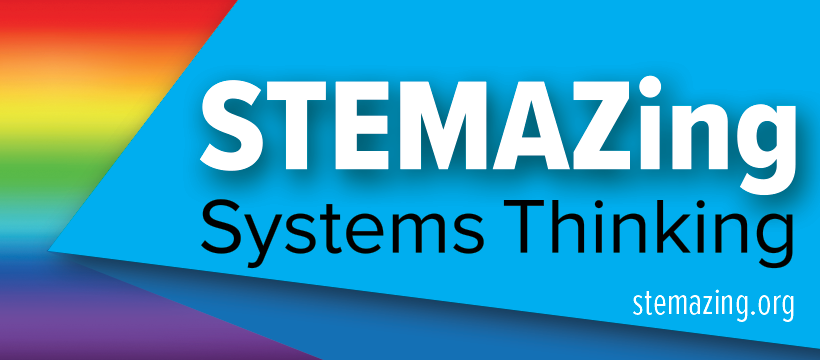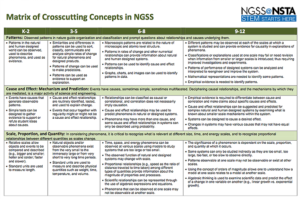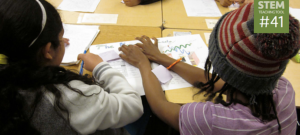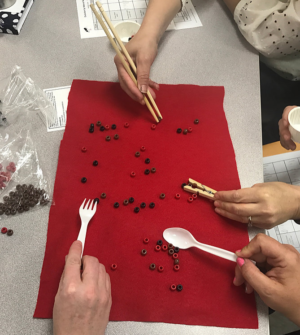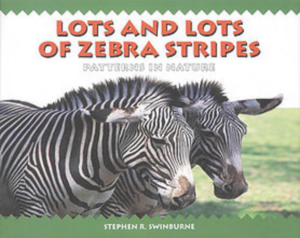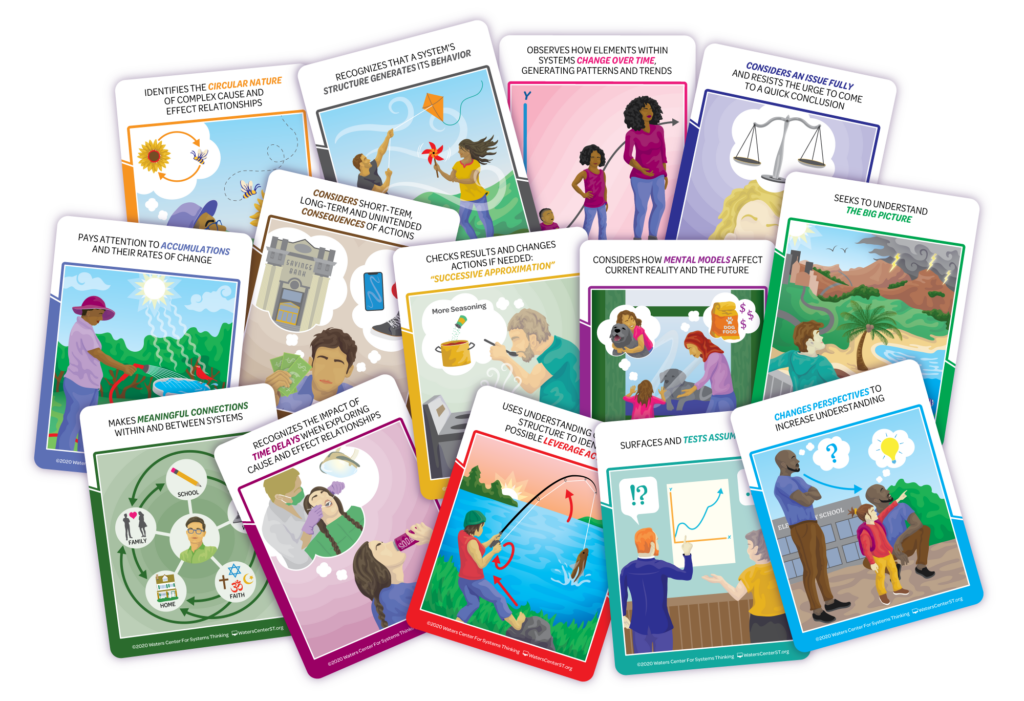Workshop Resources
Matrix of Crosscutting Concepts from NSTA
A look at the Crosscutting Concepts from K-12 so educators can see the progression.
Read MorePrompts for Integrating Crosscutting Concepts Into Assessment and Instruction
Prompts for both formative and summative assessment for each of the crosscutting concepts. Great for thinking about the questions you ask students as they are doing science and engineering projects. STEM Tool #41 from STEM teaching Tools
Read MoreEvolution by Natural Selection
Simulate evolution with some colorful “critters” and carnivorous “beaky birds”. Simulations are helpful to demonstrate processes like evolution that take place over many years. Observe how adaptations such as camouflage help organisms survive and pass on traits to offspring. Recognize evolution happening simultaneously in both the predator and prey (bird and critter) populations.
Read MoreLots and Lots of Zebra Stripes
With a simple text and vivid full-color photographs, Stephen R. Swinburne shows children a wide range of nature’s exquisite designs. He invites children to open their eyes and look for patterns in water and on land, in the air and on the ground, and in their own neighborhoods. They will see the world as they’ve…
Read MoreHabits of a Systems Thinker
The Habits of a Systems Thinker help learners understand how systems work and how actions taken can impact results seen over time. They encompass a spectrum of strategies that foster problem-solving and encourage questioning. The Habits of a Systems Thinker Courses on the Waters Center’s Thinking Tools Studio contains a course for each of the…
Read MoreBiomimicry PowerPoint Presentation from the Workshop
This is the presentation from the workshop with links to videos that were used during the workshop.
Read MoreOZOBOT BIT ADVENTURES
Ozobot Bit 2 0 learn to code with a tiny programmable robot
When Ozobot detects unique sequences of colors, it is pre-programmed to perform different actions or change behavior. There are over 30 codes that make the robot change its speed, control decision making, perform special moves, etc. You can simply draw these codes with markers as colored line segments, use printed tracks or digital maps on…
Read More